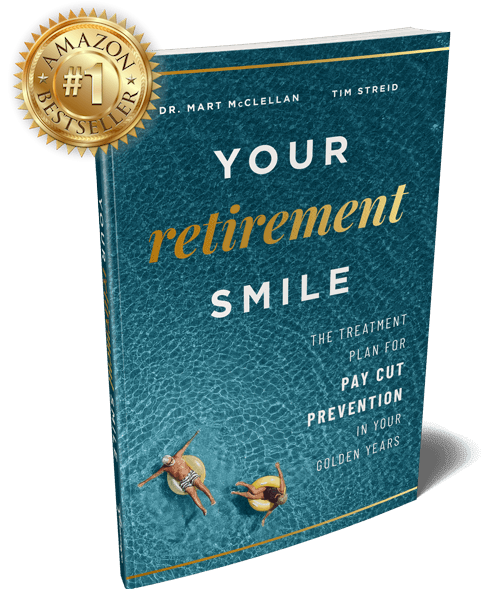Are you set for retirement? Does your current retirement plan make the most of the money you’re saving and guarantee a steady retirement income? We help our dentist clients do just that and prepare for retirement using our unique approach to financial planning. Here are some of the main principles, and how they can help you maximize your retirement, too.
Ignore Bad Advice
Much of our advice is unconventional, and we’re proud of that. Because a lot of the advice you’ve been hearing for years, like automatically maxing out retirement plan contributions and paying off debt early, aren’t always the best strategies for optimal wealth accumulation and maximum retirement income. Forget the old advice that doesn’t work, and open your mind to new ways of building wealth and retiring rich.
Disciplined Savings Habit
In order to maximize what you save, you need to establish a savings habit. We recommend saving a minimum of 15% of your income every year. Any less than this, and you’ll actually be going backwards due to wealth-eroding factors like inflation. Saving at a higher rate is even better, but at a minimum, commit to saving 15% of your gross annual income.
Be a Rainmaker
The “rainmakers,” including corporations and banks, are excellent at making money. And they make money by doing the opposite of what they tell you to do! Traditional advice says to lock your dollar away in an investment that will grow over time, but rainmakers do the opposite, getting multiple uses out of every single dollar that comes their way – and making money on it every time they do. With the right plan, you can do the exact same thing, and not just accumulate wealth, but accelerate it.
Increase Income Streams
Most of our clients plan to rely on an average of three income streams in retirement, typically their 401K, Social Security, and proceeds from the sale of their practice (if applicable). But the IRS reports that multimillionaires have an average of seven! Increasing the number of income streams is a big boon to your retirement income and isn’t as difficult as it might sound.
Go for Guarantees
We believe a retirement plan is only worthwhile if it can withstand all of life’s unknowns. A single natural disaster, stock market crash, unexpected lawsuit, serious illness or disability, or other emergency could substantially reduce your savings and put your retirement in jeopardy. That’s why we like guarantees, including maxed-out insurance and income streams that are guaranteed in retirement, like annuities. Guarantees give peace of mind, which is priceless.
Holistic Financial Planning
These are just some of the main principles we employ when creating Financial Treatment Plans for our dentist clients. Our goal is to help them plan for a retirement income that’s 100% of their pre-retirement income – i.e., take no pay cut in retirement.
If it sounds too good to be true, it’s not. It just takes deliberate, holistic planning. Check out our website and our book, Your Retirement Smile to learn more.










